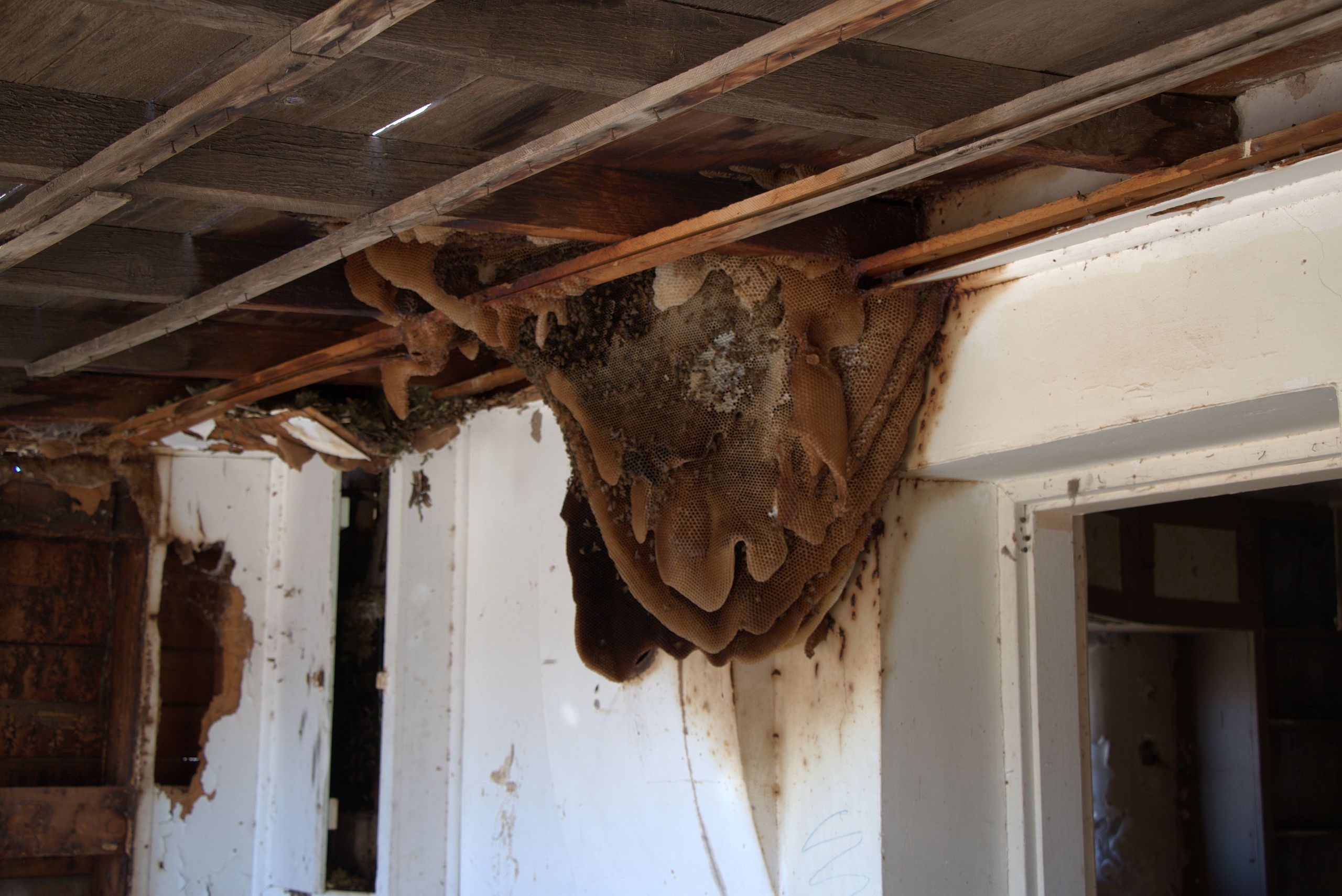
Africanized honey bees are some of the planet’s most feared insects—but what makes them so dangerous?
Often referred to as “killer bees,” these intimidating insects have developed a pretty nasty reputation for having caused up to a thousand human deaths.
They were imported from Africa to South America in 1956 in an attempt to create a more productive strain of honey bees. The next year, 26 swarms escaped quarantine and started breeding with European honey bees, creating a hybrid species. The so-called “Africanized bees” then began to spread, and can now be found all the way from California to Florida.
Compared to European honey bees — the most common species worldwide — the hybrid bees are actually smaller, and therefore carry less venom. So what’s the problem?

They’re far more aggressive, and they don’t want you anywhere near their hive. In fact, Africanized bees react to disturbances with greater force and in greater numbers than their European cousins. They’ve actually been recorded chasing a person a quarter of a mile, and have killed roughly 1,000 humans and a variety of other animals.
A 1982 study on colony defense showed that the bees “responded faster and in much larger numbers than European honey bees and produced 8.2 and 5.9 times as many stings during two different experiments.”
In general, it would take approximately 1,000 stings from such a bee to kill someone who isn’t allergic. Unfortunately, though, a large swarm of Africanized bees can potentially deliver such a dose.
The bees continue to move northward, but don’t worry too much. You’re still significantly more likely to get struck by lightning than die from a killer bee attack.
WATCH NEXT: Australian Redback Spider Eats Snake




